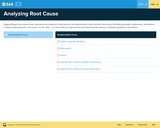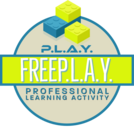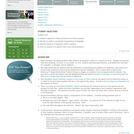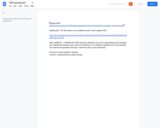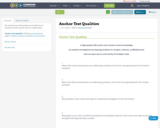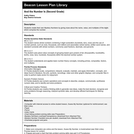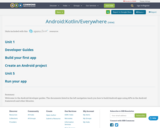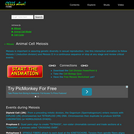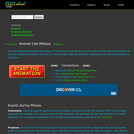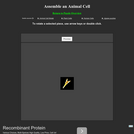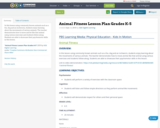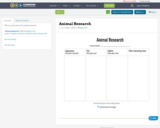Short Description:
This textbook is designed to actively engage your exploration and critical analysis of human anatomical variation in an Australian and New Zealand context. Understanding anatomical variation is essential for all health professionals to avoid patient misdiagnosis such as confusing a natural variant with a pathology, minimise surgical or procedural errors that may occur if variations are unexpected, and ultimately improve patient outcomes by applying culturally safe practices. Research in anatomical variation has demonstrated significant differences in phenotypic expression of variants between and within geographic, ancestral and socioeconomic populations, as well as displaying significant variance between males and females. It is therefore critical as a health professional to understand anatomical variation in the context of the population you intend to practice in. This textbook compiles this critical information into an easy to read summary of the range and frequency of anatomical phenotypes in Australian and New Zealand patients by drawing from contemporary anatomical science research. Anatomical variation of Aboriginal, Torres Strait Islander and Māori peoples has also been highlighted where research is available.
Long Description:
The anatomy of our outwardly facing physical appearance exhibits great diversity between individuals, from different eye, skin and hair colour to the size of our feet and our height. However, it is less known whether our anatomy differs beneath the surface… is the anatomy of the internal organs the same between individuals? Most textbooks would like you to think so with simplified standard descriptions of human anatomy such as the lung lobes and fissures, aortic arch branches and bone numbers. But this eBook is different. Here we build your understanding of the scope and clinical importance of human anatomical variation to improve your clinical skills as a health professional or biomedical scientist.
Anatomical variation is described as the differences in macroscopic morphology (shape and size), topography (location), developmental timing or frequency (number) of an anatomical structure between individuals. It presents during embryological or subadult development and results in no substantive observable interruption to physiological function. Every organ displays an array of anatomical phenotypes, and for these reasons the anatomy of each person is considered a variant. Understanding anatomical variation is essential for all health professionals to avoid patient misdiagnosis such as confusing a natural variant with a pathology, minimise surgical or procedural errors that may occur if variations are unexpected, and ultimately improve patient outcomes by applying culturally safe practices.
This textbook is designed to actively engage your exploration and critical analysis of human anatomical variation in an Australian and New Zealand context. Research in anatomical variation has demonstrated significant differences in phenotypic expression of variants between and within geographic, ancestral and socioeconomic populations, as well as displaying significant variance between males and females. It is therefore critical as a health professional to understand anatomical variation in the context of the population you intend to practice in. This textbook compiles this critical information into an easy to read summary of the range and frequency of anatomical phenotypes in Australian and New Zealand patients by drawing from contemporary anatomical science research. Anatomical variation of Aboriginal, Torres Strait Islander and Māori peoples has also been highlighted where research is available.
The textbook is organised to complement your health science studies by developing your depth of understanding to address three critical themes in anatomical variation: Theme 1: Categorise and describe a range of anatomical variation within the human body. Theme 2: Theorise the implications of anatomical variation on patient outcomes and in professional contexts. Theme 3: Investigate the process of anatomical variation formation and its potential causes.
Each chapter employs a multimodal and active learning approach using text and video summaries of key information, checkpoint quizzes, interactive images, clinical and professional discussion activities, and recommended readings. In this way, the activities in this textbook can be easily embedded into existing health science curricula to strengthen anatomical variation understanding in all health professional courses.
Word Count: 31978
ISBN: 978-1-925553-51-2
(Note: This resource's metadata has been created automatically by reformatting and/or combining the information that the author initially provided as part of a bulk import process.)

